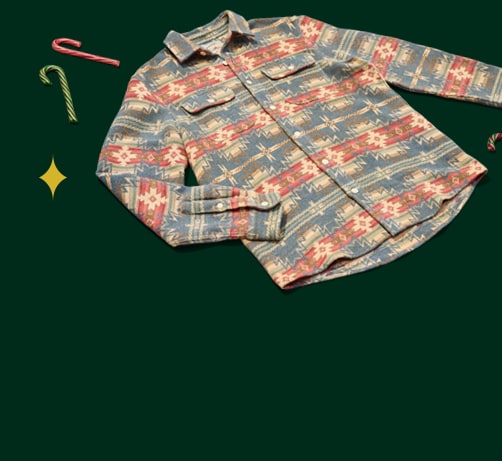
In today’s globalized world, pretty much everything we do has some kind of impact on our surroundings. But according to Amirio Freeman (he/they), a gardener and Advocacy Manager for Feeding America, that interconnectedness is especially true of food systems.
“Every choice you make about what you eat, when you eat, how you eat, and who you’re purchasing food from has really direct consequences” Freeman says. “Not only for yourself and your community, but for the planet as a whole—eating is political.”
That lesson learned about the power in our day-to-day dining choices is one that Freeman learned early in life, from the sun-soaked soil of South Carolina. That’s where Freeman recalls warm memories of summers driving down to visit both sides of the family—in particular, his maternal grandfather. The son of a farmer, ‘Grandaddy William’ has now been maintaining his own garden for decades. By the time Freeman was a teenager, that plot of land had become a place of healing for both of them.
“As a Black, Queer child, I had so much weirdness to my own relationship with masculinity and gender,” says Freeman, noting his acute interest in botanical life and plants and drawing flowers, which “felt like such a direct counter to how I should be as a Black man.” In that regard, seeing his grandfather engage with agricultural work was healing, and therapeutic enough that Freeman began to carry on its legacy by starting a personal home garden of his own.
Then, in 2015, Freeman started the platform @beinggreenwhilebeingblack to help elevate the stories of Black people engaging with the natural world. Now primarily an Instagram account, the platform has more than 5,000 followers. Freeman’s work since with Feeding America is also squarely at the intersection of food and policy. Here, Freeman sat down with Public Lands to discuss the deeper questions behind what we eat and how food systems connect to climate, conservation and equity—and what you can do to “find your angle,” and enact change to make a difference.
PUBLIC LANDS: Why did you start the platform Being Green While Being Black?
AMIRIO FREEMAN: It started as a personal diary and an archive. At that time, I was an undergrad at the College of William & Mary, and I was in the beginning stages of working on my undergraduate thesis, looking for examples of ways that Black folks are in relationship with landscapes and waterscapes, and in a way that’s rooted in a sense of healing and justice. I wanted to do something to go against this overarching narrative that healing in nature is a white endeavor.
What did you learn about that narrative—that [false but pervasive] idea that nature is only for white people?
As I was doing this research, I kept coming across all these really devastating narratives giving credence to the fact that a lot of Black people feel this huge disconnect to farming and agriculture, or swimming or being in the ocean. When my dad was growing up in South Carolina, for example, there was a period of time when someone was basically kidnapping young Black kids. There was this fear of being outside as a young child because of this manifestation of anti-Blackness showing up in these spaces. And then you have all these slave narratives of people trying to escape bondage. For some Black folks, this has created this sense of, ‘OK, I want to remove myself from these traumas and from this history, so I’m not going to consider these waterscapes or landscapes as healing, therapeutic milieus.’ For so many, the outdoors has become the stage upon which the theater of white supremacy has played out.





























































































